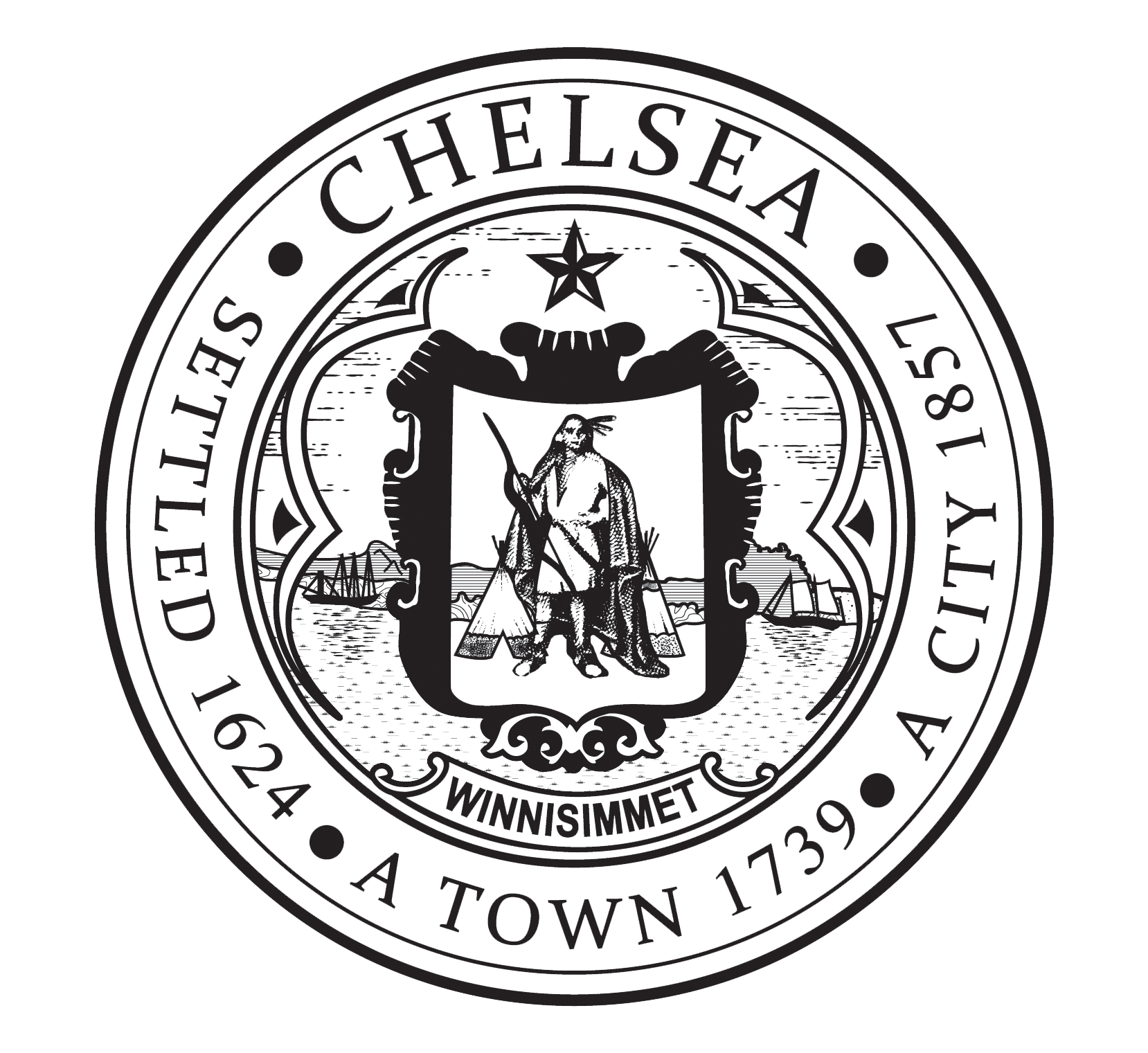Renewable energy
Renewable energy sources are sources that we don’t run out of, like the sun and the wind. Historical, fossil fuels like coal, oil, and gas have been used as energy sources, but they are available in a limited amount on the planet.
By replacing electricity generated by burning fossil fuels with electricity generated from renewable energy resources such as solar and wind energy, Chelsea is working to:
- Reduce air pollution and greenhouse gases. Electricity generated from renewable sources, such as the sun and wind, does not create the greenhouse gases that cause climate change and does not pollute the air.
- Support New England-based renewable energy projects. Chelsea prioritizes buying renewable energy from New England-based renewable energy projects. By creating additional demand for the electricity generated by those projects, Chelsea Electricity Choice will help to support existing projects and stimulate the development of additional projects.
- Support local businesses and local jobs. Purchasing renewable energy from New England-based projects means supporting New England-based businesses and the jobs they provide to local communities.


